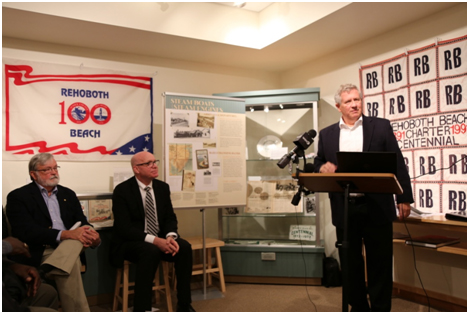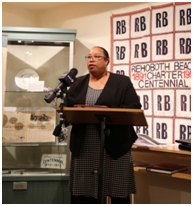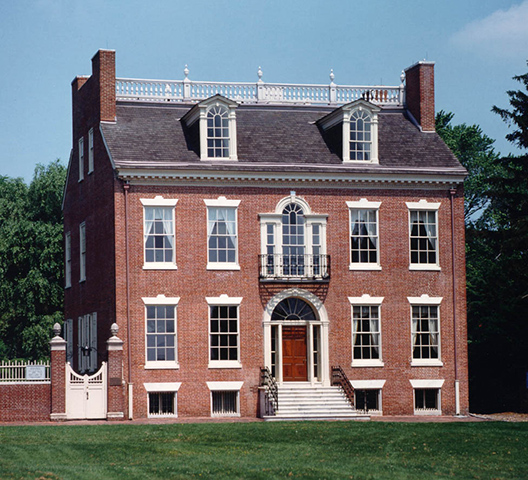Avery’s Rest Reveals New Evidence of Lives in Colonial Delaware
What began as a survey before proposed development in 2005, turned into one of the most significant archeological discoveries in Delaware. In a packed press conference held at the Rehoboth Historical Society on December 6, 2017 Secretary of State Jeff Bullock introduced the panel of speakers including Tim Slavin, Historical and Cultural Affairs, Dan Griffith, Archeology Society of Delaware, Dr. Owsley, Head, Division of Physical Anthropology at the Smithsonian National Museum of Natural History, and Dr. Angela Winand, Head, Mitchell Center for African American Heritage & Diversity Programs.
Dan Griffith, who first mapped the site in 1976 as a possible place of historic significance, outlined the progression of discovery at Avery’s Rest, now located on land owned by Mr. and Mrs. Waymon Harmon, whom Griffith and the rest of the panel thanked for their permission to excavate the site. Griffith also noted how the soil played an important part in pin-pointing the age of the burials as well as providing new details about the lives of these early settlers of Delaware.
Dr. Douglas Owsley gave a detailed description of the testing that he and his Smithsonian team have begun and the exciting details they’ve uncovered so far. He made clear the stunning significance of the history contained in the well-preserved remains of the eleven mid-17th to early 18th century Delawareans discovered at Avery’s Rest, with bone and DNA analysis confirming three of the burials were people of African descent, born in America.
“You’ve got to love teeth, they tell you so blooming much,” said Dr. Owsley. What those teeth seem to be telling Dr. Owsley and his team is that tooth decay made up 30% of the oral health problems in this small group, some of that decay eventually leading to their undoing. Pipe smoking is clearly evident as well, with all seven of the males showing signs of “pipe facets” in their teeth.
Dr. Angela Winand closed the press conference with the promise of continuing to work with the Archeological Society of Delaware, the Division of Historical and Cultural Affairs and the Smithsonian to create an interpretation of the discoveries at the Mitchell Center for African American Heritage. “This archeological discovery is truly exciting,” said Dr. Angela Winand “and reminds us that the ancestors will always make themselves known to us if we listen. The stories of their sacrifices in life and remembrances in death are truly ‘written in bone’ for us to interpret, understand and honor.”








SOCIAL
Facebook
Instagram
YouTube
Email